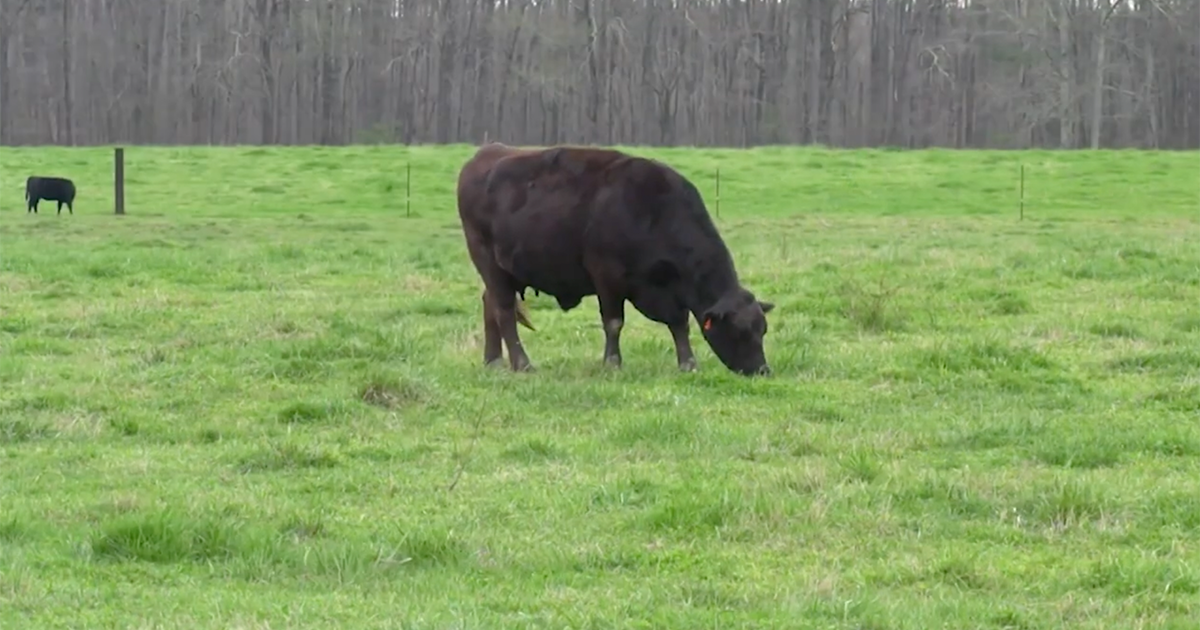Macon, GA |
The US cattle industry is the largest and most sustainable in the world, and in order to protect that prestigious title, the USDA has been working on the concept of traceability for the US cattle industry since 2003, after a disastrous disease outbreak that had huge, lasting ramifications for the industry.
“Traceability within the cattle industry is something that we have been using for many, many years. Many producers will be used to the fact that those cows have had a metal nues tag in their ear, that’s our current tracking system for beef cattle. Many of those tags are used and utilized to ensure that if there is a disease outbreak, we can we can easily find it, and hold that down. Much of the traceability in this country, winds is going to help provide confidence to both consumers as well as other countries that we are trading with internationally that have a higher standard there. And the U.S. produces the most, sustainable and wholesome beef in the world, so this is this is a program that is critical to the success of our industry long term,” says Dale Sandlin, Executive Vice President for the Georgia Cattlemen’s Association.
In an effort to further strengthen traceability measures, a new USDA traceability rule recently went into effect that requires the use of electronic ID tags.
“Even though it creates more technology, it’s not something that the average producer needs to be overly concerned about having to learn and identify all these things, and all the ways that the technology works, the biggest thing you need to know is that if you’re going to ship your cattle, breeding stock, eighteen months of age or older out of state, you’re going to have to put a tag in their ear. If they’re only staying in the state, that’s fine. You won’t have to buy a wand. You won’t have to delve into that technology, but at the same time, it does provide a safety net for our industry to be able to prevent undue burdens on your operation if your neighbor down the road winds up having a situation. The worst possible thing that we could have in our industry is another disease outbreak,” says Sandlin.
Sandlin says that the ultimate goal of course is to protect the industry, but not while putting producers’ sensitive information at risk, which is why he says only certain data is being collected and securely stored.
“One thing that we did want to make absolutely sure of was the protection of the data that’s being collected through the program. So when that tag is put in that cows ear and she is going to an approved citing location or to, say a veterinarian that’s required to list the citing, what information is being pulled, is the premise I.D. number of the operation, the tag number, the location that it was cited at, and the date. That’s the only information that’s being collected through there,” says Sandlin.
Sandlin encourages producers to reach out to the Georgia Department of Agriculture for help with implementing electronic ID tags on their operations, including how to get them.
By: John Holcomb

